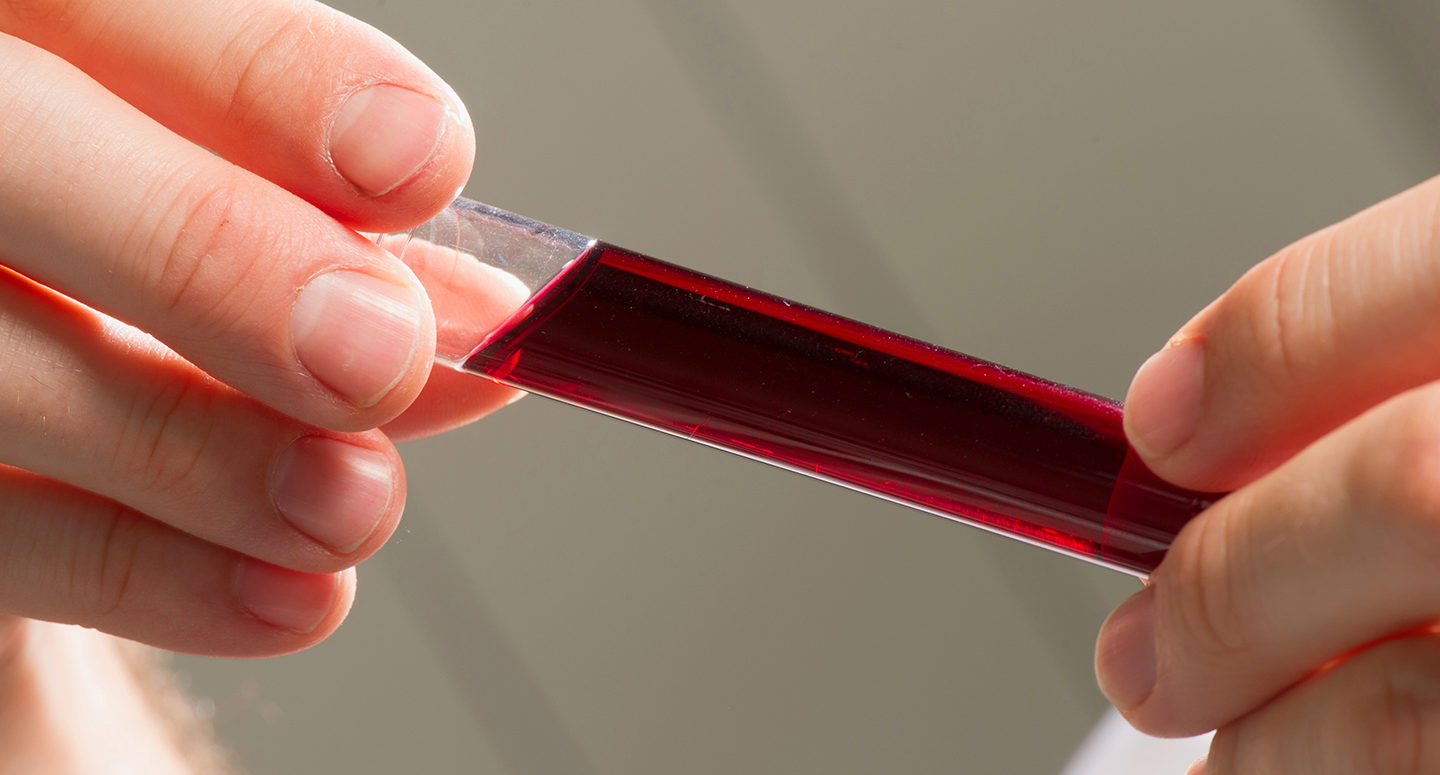U.S. Wine Authenticity Project
Wine Institute and partners, including ETS Laboratories, are continuing to work on the important U.S. Wine Authenticity Project. This effort, began in 2021, will help to ensure a bottle of wine’s legitimacy, combat fraud and counterfeits and most importantly, protect the integrity of the wine and the region. The data collected is creating a California wine variety database that will serve as a set of technical criteria for the global regulatory community to determine authenticity.
There are now both private and regulatory laboratories throughout the world using a technique known as nuclear magnetic resonance (NMR) to verify a wine’s origin and variety. Such techniques depend upon large databases of authentic wine sample analyses to be valid.
Process
Since the project began in 2021, Wine Institute and others from California, New York and Oregon have provided nearly 3,000 wine samples. In order to build a comprehensive array of samples, we’re asking for your participation on this important project.
Samples will be analyzed at ETS Laboratories, using NMR spectroscopy equipment.
The wine sample’s spectra or digital signature — which contains hundreds of signals that provide information about its composition — will be analyzed with statistics and chemometrics, in order to create the wine authenticity database. This important set of data will provide a reference for wine varieties and wine production regions. It will not be able to identify a wine from a specific producer or brand since the association with that winery is anonymized through a double-blind submission process for samples.
For this stage of the project, submitted wine samples must be at least 95% of one grape variety, with 11 varieties currently accepted: Chardonnay, Pinot Grigio/Pinot Gris*, Riesling*, Sauvignon Blanc*, Cabernet Sauvignon, Malbec*, Merlot*, Pinot Noir, Petite Sirah*, Syrah* and Zinfandel*. Given the samples currently in our database, Riesling wines are especially needed as are those above with asterisks. Blush wines from these varietals are also accepted if they meet the 95% varietal threshold. As the database robustness develops, the program anticipates the ability to accept wine varietal blends and additional varietals. The ability to take this next step depends wholly on the volume and quality of samples received in the next several months.
Funding
A multi-year grant from the U.S. Department of Agriculture through November 2026, will help allow for ongoing sample collection and analyses of future harvests. The only cost to the winery is for the sample collection and shipment to or drop-off at the laboratory. For a true representative slice of U.S. wine, wineries that are non-Wine Institute members and those outside of California have also been asked to participate.
Your Participation is Important
Providing samples is relatively easy with a few steps and filling out a form with basic questions. The various steps for participation are set up in order to protect you, the information and the database.
- Submit an email to sample administrator Dr. Patricia Howe at phowe@WineNMR.org to express interest in participating. She will personally respond and send you materials to confirm participation.
- You will then receive a second email — an invitation to participate.
- You will receive a link for logging into your datasheet— be sure to check that it didn’t go to spam. This datasheet provides you with your anonymized codeword to use instead of your winery or facility name.
- You will complete a brief form for each sample submitted. The form has basic questions including variety, American Viticultural Area (AVA), wine or processing condition and location where sample was taken.
- You can use ETS labels and containers and standard ETS drop-offs. Note that your winery or facility name should not go on the labels but instead use your codeword.
